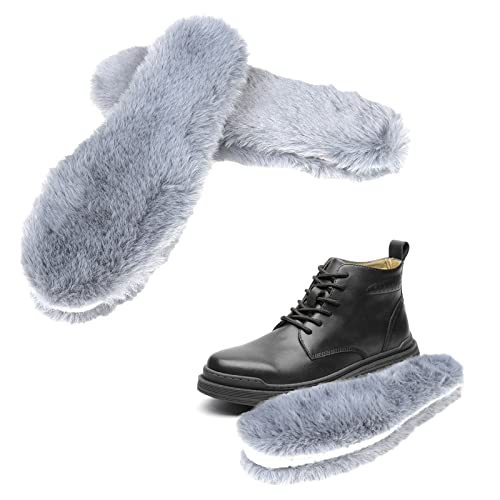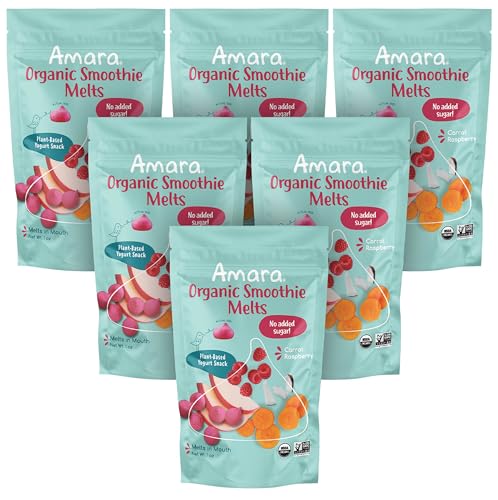I used to use a gravity-fed system during the summer for a few years and it sounded great on paper, and it worked fairly well until it didn't.
First off, the dripping was annoying, which might be solved by getting high-end components - some folks on this forum have offered suggestions. I am not a gadget person so I got tired quickly of adjusting and cleaning the nipples. What I ended up doing was putting a little cup under each nipple to catch the water, because wet spots on the floor are not only nasty but they breed flies - including rat-tailed maggots,
blecchh.
View attachment 42144 View attachment 42145
Most of the rabbits preferred drinking the water that dripped into these cups, of course, and they needed to be cleaned out regularly, which in a way kind of defeats the purpose of an automatic watering system. (Maybe it's only my rabbits that like to drop pellets, hay and poo into their water bowls?) While they required reaching into the cages occasionally to clean, at least these cups can be filled from outside the cage, so one of these might be a solution for your testy buck.
Even when the nipples weren't dripping, there were always rabbits that managed to hold the nipples open and run water out that way. Some of them just grabbed the nipple between their teeth and held it there, with a streamlet of water coursing into and out of their mouths, down their fronts and onto the floor. Others found that leaning up against the nipple was a wonderful way to cool themselves during warm weather. Again, water all over the floor, but most important, the water was sometimes drained completely while they napped in the drizzle. I had a 13-gallon water reservoir (a trash can) so that was a LOT of water on the floor.
Which brings me to the most important drawback, which was that when
anyplace in the system sprung a leak (think of an excited buck pulling and pulling and pulling on the nipple until he pulls it out of the tubing), the reservoir drained and
ALL of the rabbits went without water for some amount of time. It's bad when a water bottle malfunctions, but then it's only one cage, and you don't have an "automatic" system lulling you into a false sense of security. This was the deal-breaker for me, because it happened once immediately after the tank had been filled, and the rabbits went without water for about 18 hours. This was in the summer and someone was taking care of the rabbits for us while we were at fish camp, so no one knew the rabbits were in distress. (Fortunately we did not lose any, but I don't know why not.)
The winter had its own issues; I did not want to spend the money running a tank heater (the other livestock just about break the bank with that) so I ended up taking the system apart each fall and putting it back each summer.
Eventually I went back to bottles in the summer because I never felt I could trust the auto system, and it required what felt like constant tinkering. I decided I'd rather just clean and fill bottles and crocks.
However, I know some people love the auto systems (maybe in climates a little more forgiving than ours?). Here is a pretty good overview from KW Cages
https://www.kwcages.com/a-guide-to-rabbit-watering-systems
and a decent step-by-step of DIY:
https://theadventurebite.com/rabbit-watering-system/
https://nomorestomachacres.com/the-most-time-efficient-rabbit-water-system/
Here's what I'd remind myself if I was going to try it again.
- Use a reservoir that is light-blocking (a white trash can is not so great in the long run, although black will of course get warmer) and black or other non-transparent tubing, to prevent algae growth if your set-up gets any sunlight. The drawback to that is that you can't see what's going on in the tank and lines. Adding apple cider vinegar helped slow algae growth but eventually it still managed to take over. Algae is a pretty powerful bio-accumulator of toxins and heavy metals. This is great while the algae is alive, but when it dies, it releases its accumulation in a lump sum, so to speak, which is
not healthy. So that's something to be aware of.
- Spend the extra money on brass nipples and brass tee joints if you don't want to have to buy replacements all the time or deal with corrosion of other metals. You have to take them on and off and mess with them to deal with leaks and cleaning etc., and the plastic ones break pretty quickly and the cheap metal corrodes.
- I'd think about splitting the rabbitry into zones, each with its own system, so that if one fails, not every single rabbit goes without water.





















































